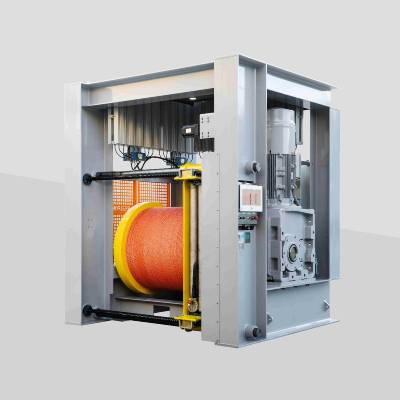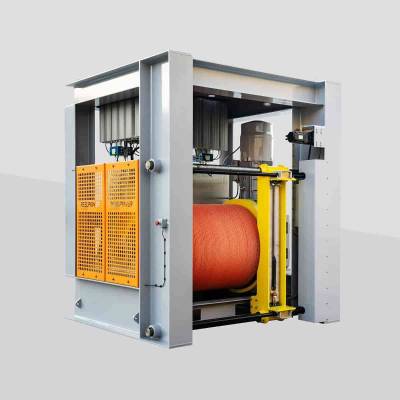11 key items to consider when selecting a winch
At Reel Power Marine & Energy (RPME) we have the ability to design and manufacture custom winches of any power and material including exotic metals. To ensure you are getting the proper solution for your application, here are some important items to consider when choosing a winch.
How to determine the best winch for your application:
- What type of power is desired?
- E–lectric or hydraulic?
- What is the available power on board?
- How much power is required?
- Is there a minimum line retrieval rate?
- Is there a constraint on the footprint of the winch?
- Does the winch need any specific features?
- Braking hold?
- Type of brake? Dual, cooled, material?
- Constant tension?
- Level winding?
- Is there a constraint on installation?
- Is it a new build or a refit?
- What controls are required?
- Local only?
- Remote to the wheelhouse?
- What safety features are required?
- Auto free spool?
- Line strain indication?
- Snapback guards?
- What line is required? Escort tugs can no longer use cable.
- Length of line?
- Diameter of line?
- Breaking strength of line?
- What material is required for the winch?
- Is it a specialty metal?
- Does it require a specific weld procedure?
- Is there a specific delivery date?
- Is it a rush order with exotic material or is it standard?
Types of winches
When we refer to marine winch, we are talking about either a towing winch, escort winch, or a mooring winch. While all these are very similar it is important to have the right one for the application.
A towing winch is used for exactly what it sounds like, towing another vessel, barge, or offshore rig. They are located on the stern of the vessel and usually are spooled with heavy duty wire cable. They will have a level winder due to the weight of the cable. When considering a towing winch, you need to know what you will be towing. These winches will be under brake tension at most times during transit to a good heavy-duty brake is essential. Another thing to consider is sea state while underway. This produces a lot of shock on the cable and stress on the winch itself. It is suggested to have a constant tension winch for this purpose. It is important to consult one of our engineers for design of a towing winch due to the heavy tows, and power of them.
An escort winch is what is typically used on harbor tugs for docking large ships. Unlike a mooring winch, an escort winch is usually controlled remotely from the wheelhouse by the operator. It is important to know your tugs bollard pull to determine what size winch you need. Most escort winches are between 150HP and 250HP making them a powerful winch. They also usually carry synthetic lines between 2.5” and 3.5” with line lengths between 500’ to 1000’. You also need to determine what your power source will be. An electric drive is cleaner and greener, but has a larger footprint than a hydraulic drive. This is important if you have limited space on your vessel.
A mooring winch is just that, a winch used to tighten a line from the dock to the vessel. Usually there will be one mooring winch with a drum on each side on the bow and two single drums on each side of the stern. These winches are usually not constant tension winches but can be offered as such. In most cases the bow winch will also handle the anchors making this a very powerful piece of machinery.
Overall, it is especially important to know exactly what winch you need for the job it will be serving. Even though they are similar they are job specific. Our technical sales and engineers at RMPE can assist you with determining exactly what you need to have a purpose built top of the line winch for your vessel. Contact us at [email protected]




